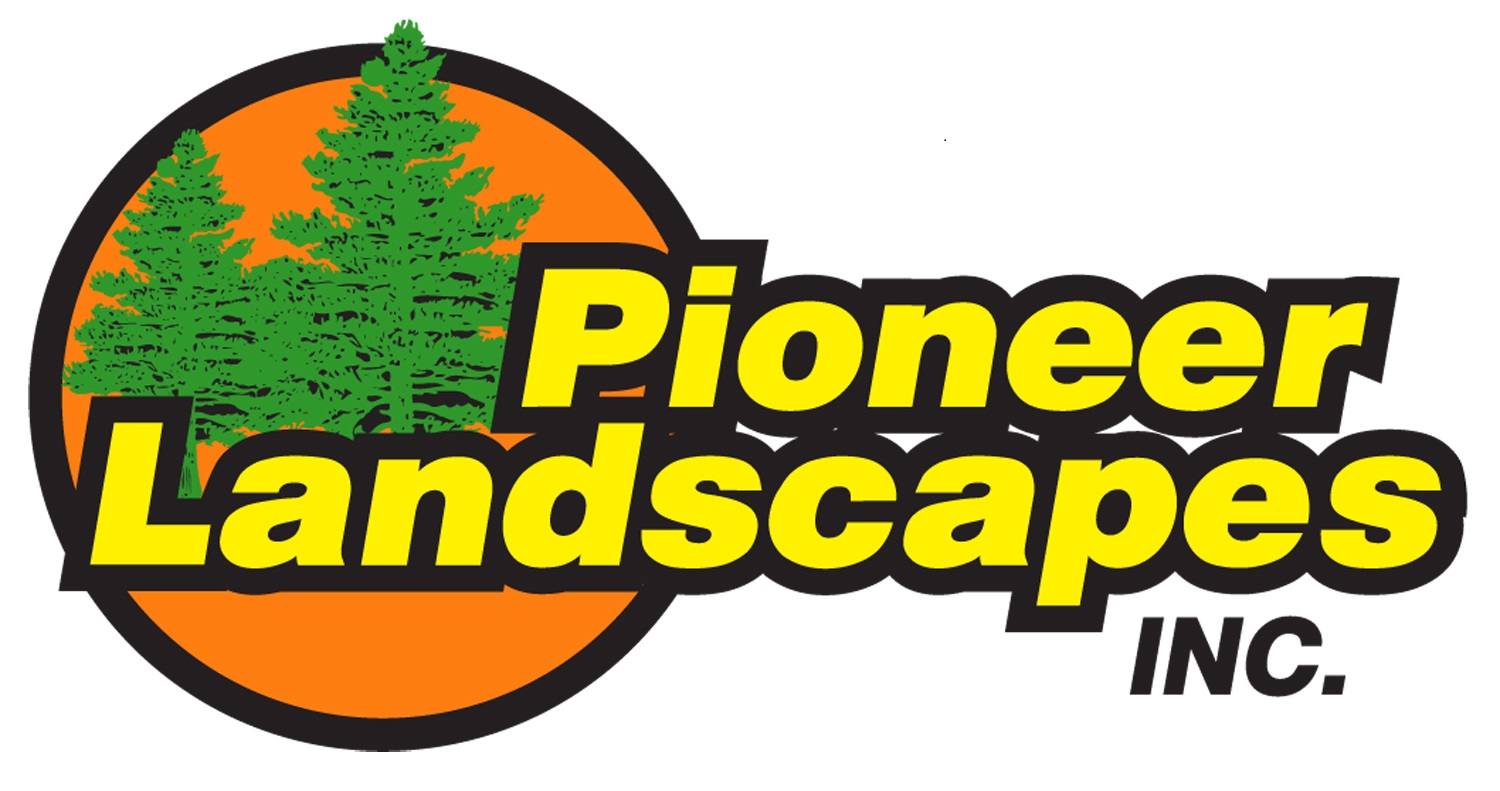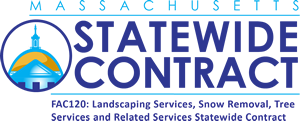Pruning, or Crown Cleaning
Crown Cleaning involves removal of dead, diseased, broken, hanging, and crossed or rubbing limbs. When two limbs cross and begin to rub, the friction frequently kills one or both limbs, so removing one will protect the other. We classify crown cleaning work using a range of 1-4:
Class 1, Fine Pruning: Pruning from the ground with hand pruners and/or hand saws. Class 1 mostly includes shrub maintenance and trimming some low growing ornamental trees. All pruning, when performed correctly, is healthy for a tree. That being said, Class 1's emphasis generally is for aesthetic purposes
Class 2, Standard Pruning: Pruning from a step ladder with hand pruners, chainsaw and/or polesaw. Most ornamentals and many shade trees can be trimmed to the customer's satisfaction in a Class 2 job. Class II Pruning may have an positive aesthetic outcome, but aesthetic considerations are secondary to the health of the tree. Class II pruning is generally focused on the structural integrity, and the long term health of the tree.
Class 3, Hazard Pruning (cutting 2" diameter or greater): Pruning from aerial bucket truck or lift. Class 3 is recommended for proper care of mature trees and can completely cover many of the smaller shade trees and larger ornamental and/or fruit trees (where applicable). Class 3, or hazard pruning are the larger trees, where branches can cause damage, expert safety is a must, and much more equipment is needed to do the job correctly. Girdling roots, and the presence of any disease condition is reported to the owner, and corrective measures are recommended.
Class 4, Crown Reduction Pruning: Crown Reduction pruning shall consist of reduction of tops, sides or individual limbs. It is the removal of large portions of the tree, which can be very difficult to perform without killing the tree. This practice is only undertaken in rare situations, for example: A situation where a branch interfere's with a utility line or some other safety hazard, there has been severe storm damage, or previous incorrect pruning has damaged the tree and it is necessary to reduce the tree for its long term health.
Class 2 -4 Techniques: Pruning using possible combination of climbing, bucket truck, and/or other methods.
Crown Raising
Crown Raising is trimming to raise clearance of low lying limbs from ground, buildings or utility lines. The needs of the individual may vary, though there are ideal heights for each situation we that we recommend. 6-10 ft of clearance over buildings or structures helps keep appearances sharp while protecting your property from possible damage in a severe weather event. Very heavy limbs growing over buildings have the potential to do the most damage when strong winds and precipitation combine. Clearance over sidewalks and outdoor recreation areas should be 8-10 ft. Many cities maintain or require 14 ft minimum over streets and right of ways. Finally, 10-12 ft of clearance from any overhead utility line is essential to safety.









